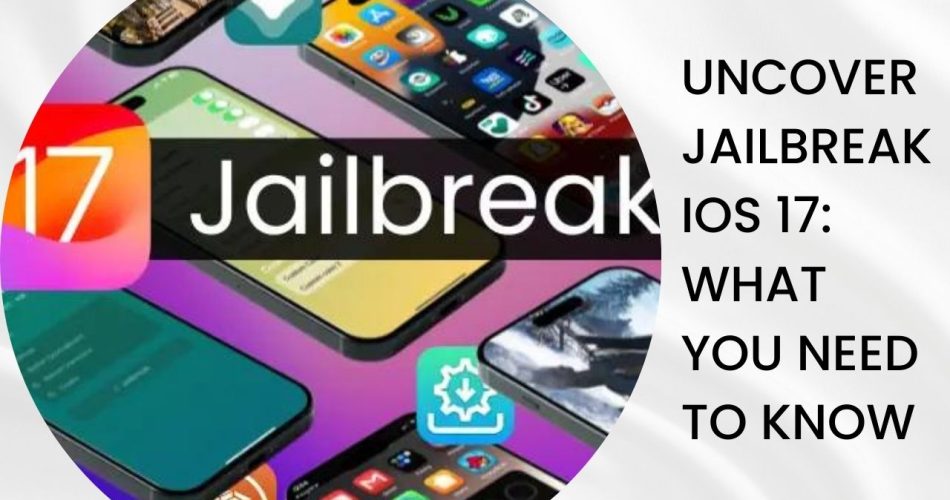Jailbreaking has long allowed iPhone users to deeply customize their devices and install unsupported apps. With each new iOS release, hackers work diligently to find and exploit vulnerabilities that make jailbreaking possible again. iOS 17 is the newest challenge facing the jailbreak community.
In this post, we’ll look at the current state of iOS 17 jailbreaks, the risks involved, and steps for users interested in jailbreaking their iPhone.
Limited Jailbreak Options Currently for iOS 17
iOS 17 was a major update that introduced substantial security improvements. As a result, jailbreak options are currently limited for devices running iOS 17 and above.
The PaleRa1n jailbreak tool works up to iOS 17.1 but only for select older iPhone models. Another tool called Fugu17 is specifically designed for iOS 17, but it’s semi-tethered, requiring a computer to re-jailbreak after each reboot.
Must See: Is Appsgin Safe for iOS?
Reliable untethered jailbreak tools that work across most iPhone models on iOS 17 have not yet been developed. Additional updates appear unlikely to arrive anytime soon.
The Risks of Jailbreaking Your iPhone
While jailbreaking permits exciting customizations, there are downsides users must consider:
- Voided warranty coverage from Apple
- Increased security vulnerabilities
- Unstable performance and crashing apps
- Difficulty restoring back to normal OS
- Additionally, jailbreaking requires exploiting complex vulnerabilities, meaning there’s always a risk of bricking your device if anything goes wrong.
Users should carefully weigh these risks before attempting to jailbreak. Backing up your device is highly recommended.
What You Need to Jailbreak iOS 17
For those still interested in jailbreaking their iPhone running iOS 17, here’s what’s required:
An iPhone model compatible with the jailbreak tool (usually iPhone X and older devices)
- A Mac or PC to run the jailbreak software
- A Lightning cable to connect your iPhone to the computer
- Apple’s iTunes software installed on the computer
- Downloaded installer app for the jailbreak tool
- Password Disable turned OFF in the iPhone’s settings
You’ll also need ample time and patience – the process can easily take over an hour.
Conclusion
While jailbreaking opens creative possibilities, the current options for iOS 17 are limited and come with substantial risk. Casual users may wish to avoid jailbreaking for now. But for power users willing to experiment, Fugu17 and PaleRa1n offer paths to customizing and jailbreaking select iPhone models on iOS 17. As always, proceed with ample care and research.

